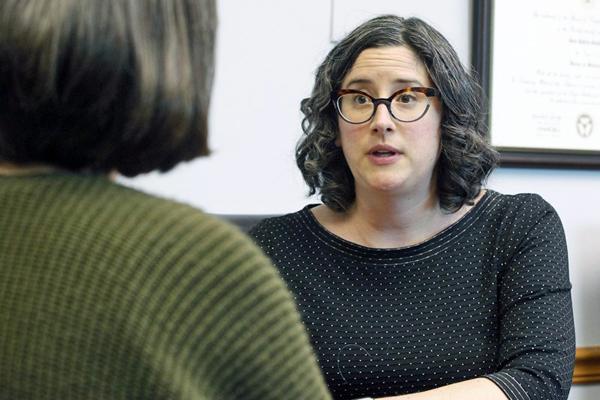
Excerpt from the Dayton Daily News
Psychiatrists, especially child psychiatrists, are retiring faster than the next generation can be trained just as demand for mental health services is increasing in the Miami Valley.
The nationwide shortage of psychiatrists means longer wait times to get appointments. This story looks at what Wright State’s Boonshoft School of Medicine, Wright-Patterson Air Force Base and local hospital systems are doing to address the problem.
Almost 20 percent of Americans have some type of mental health issue, according to Dr. Julie Gentile, professor and chairwoman of Wright State University’s Department of Psychiatry. Only about a third of them get treatment.
“I’ve talked to people who have waited months on end to get in to see a psychiatrist,” Gentile said. “(Untreated anxiety and depression) affects their relationships, it affects their occupational functioning, it affects every aspect of their lives.”
The current workforce is retiring, with 60 percent of active psychiatrists age 55 or older and 46 percent age 65 or older. Workforce projections show an estimated shortage of at least 21,000 psychiatrists nationwide by 2030, with Ohio among the five states with the biggest gaps.The good news is the number of medical school students pursuing psychiatry is up.
After a post-Vietnam War spike, interest in psychiatry bottomed out in the mid-1990s, with about 3 percent of medical school graduates choosing the specialty nationwide, according to the American Psychiatric Association. Interest has grown again in the past decade, and that number was up to 5.2 percent in 2018.
It’s even more popular at Wright State, with about 10 percent of graduates pursuing psychiatry. That’s due to faculty committed to mentoring, a strong partnership with the Air Force and a unique focus on psychotherapy training, Gentile said.

